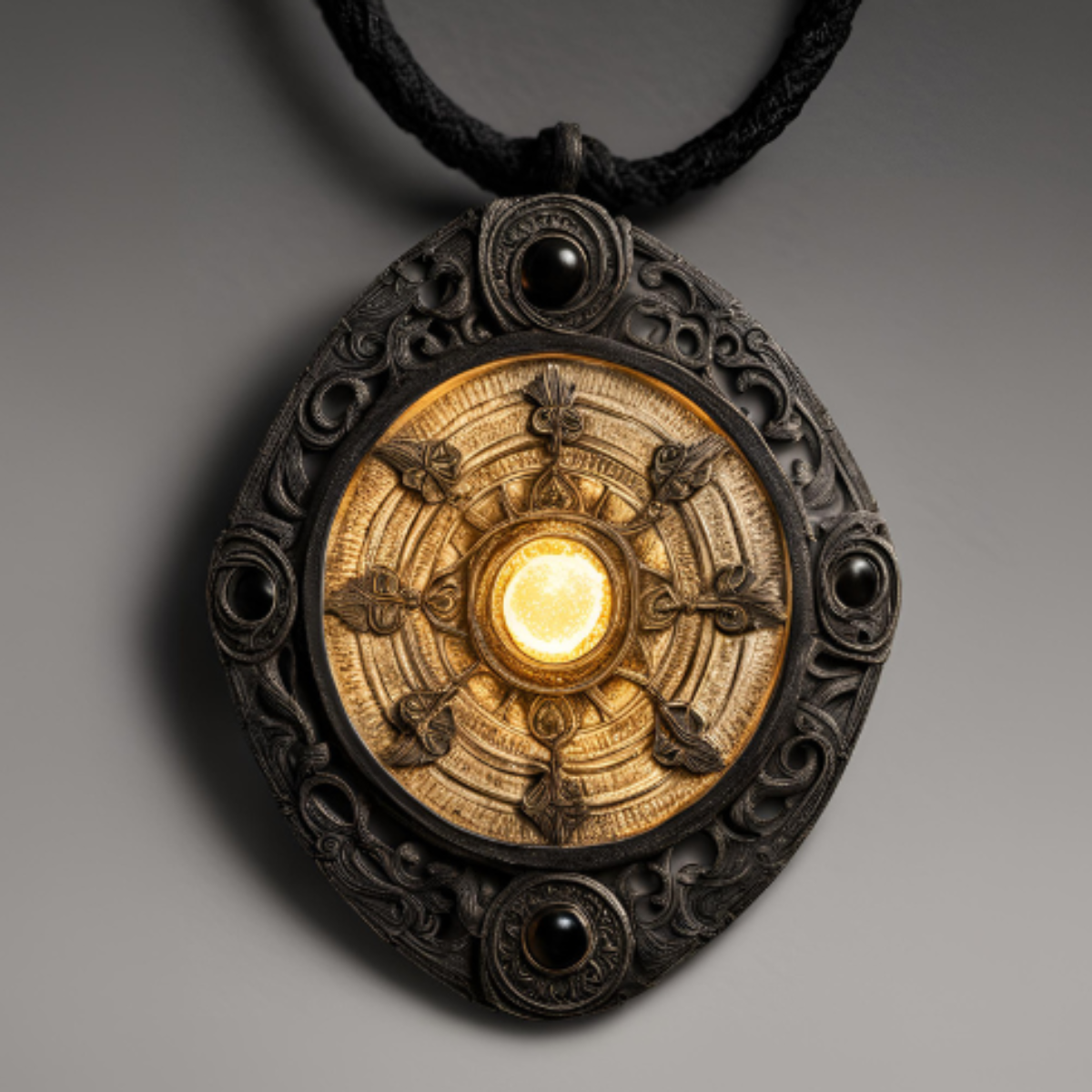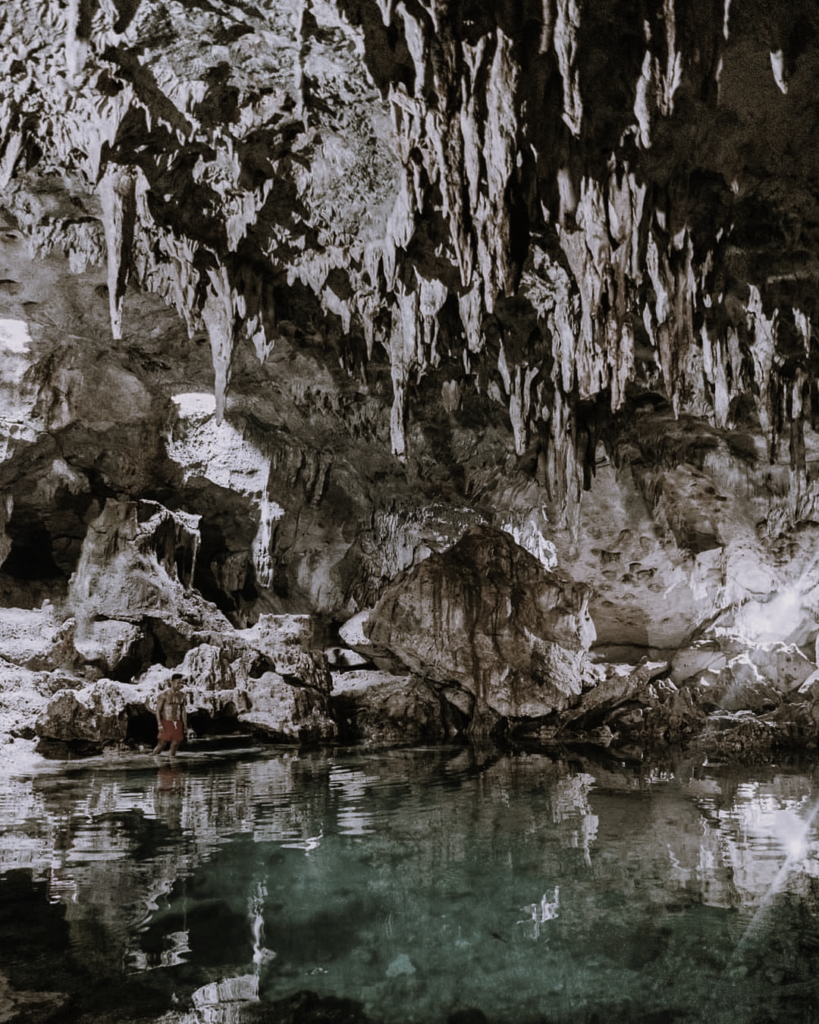Bohol is famously known for its rolling long stretch of Chocolate Hills. However, unbeknownst to many, the Visayan island is also coated with a layer of mystery to it!

Apparently, the Boholanos believe in a lot of folktales, one of which is the Dagohoy myth. But who is Dagohoy in the first place?
Francisco Dagohoy

Francisco Sendrijas or commonly known as Francisco Dagohoy was one of the Filipinos who rebelled against Spanish rule. His rebellion took place on the island of Bohol and roughly lasted for 85 years (1744 – 1829). The rebellion is commonly known as the Dagohoy rebellion and was dubbed as the longest rebellion in Philippine history.
Surprisingly, Dagohoy started his rebellion at the young age of 20. However, according to historians, very little is known about his early life. Nevertheless, the majority of the Filipinos, especially the Bohol people, know Dagohoy as the person who established The First Bohol Republic.
But did you know that the leader of the longest insurrection in the country, Fancisco Dagohoy was believed to possess supernatural powers?
The Myth
His alias was derived from the words agimat or amulet (dagon in Bisaya) that he wore, which apparently gave him the charm of the gentle wind (known as hoyohoy in Bisaya) and the ability to jump or fly-over from one hill to another hill or across the waters of the river like a gentle flowing wind.

His name Dagohoy is the shortened term for the phrase dagon sa hoyohoy that can be translated in English as “talisman of the breeze.” Apparently, Dagohoy’s amulet also gives him the ability to clearly see inside the dark caves and disappear or turn invisible whenever he wants to.

He was also believed to have mastered many caves and underground rivers in Magtangtang, which remained a mystery up to this day. This feat apparently caught his enemies off-guard and made his followers hype-up his legend of possessing supernatural abilities.

— Our country have many folktales and myths that surround it, adding a layer of mystery to the already mysterious origins of our beliefs. It is truly interesting to think that we Filipinos still have many things to unravel about our ancient beliefs and oral traditions to complete our cultural identity as a race.



Comments are closed.